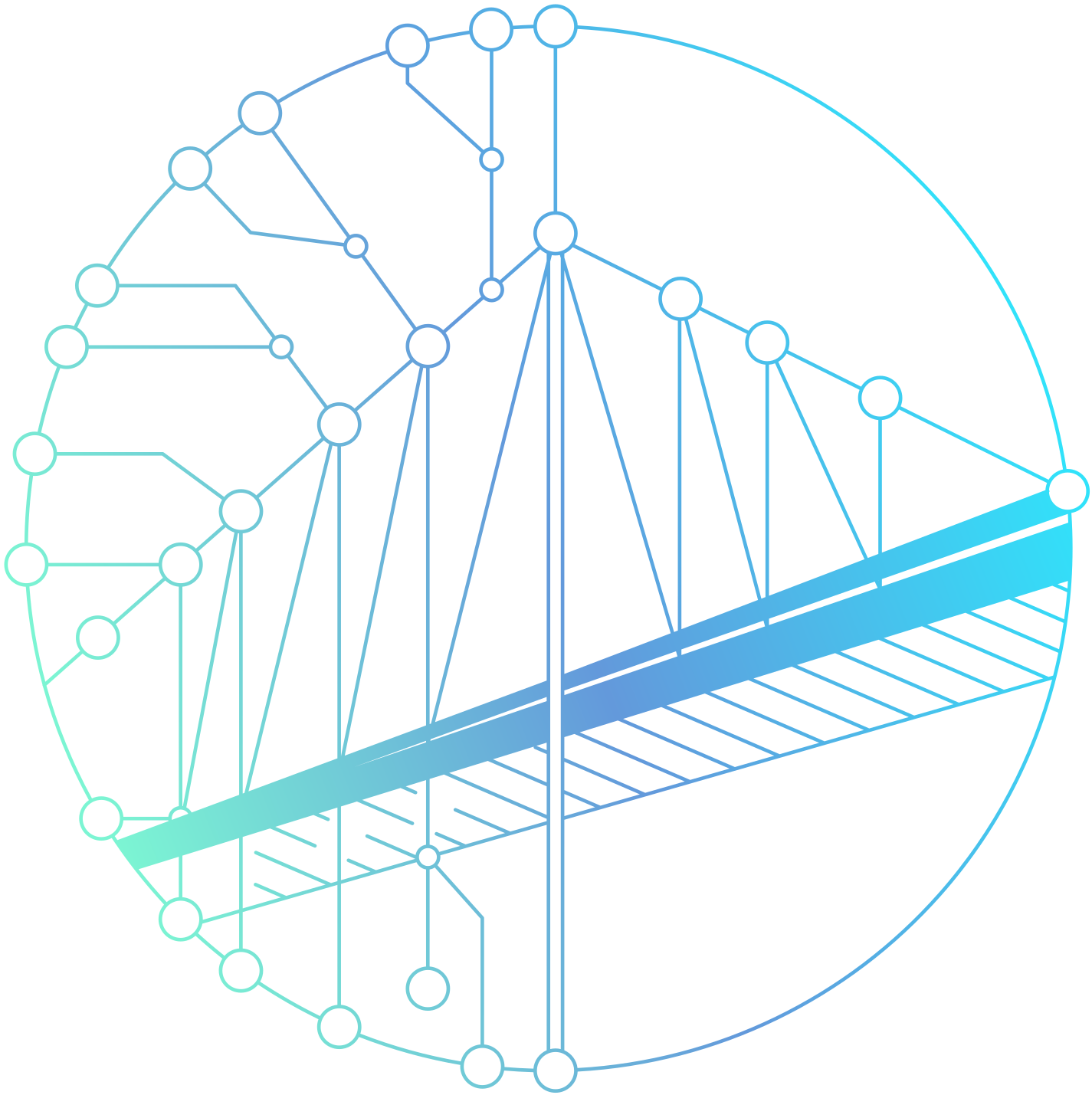Announcement: Call for Journal Papers to the official ARTISTE Special Issue on Data-Centric Engineering (Cambridge University Press)!
📰 The ARTISTE 2025 chairpersons, Prof. Beppe Marano, Prof. D. Asprone, Prof. X. Lu, and Prof. N. D. Lagaros, are happy to announce the activation of an official Journal special issue/special collection dedicated to the ARTISTE 2025 Conference and, in general, devoted to the research themes of Artificial Intelligence in Structural Engineering. Read more here.
Announcement: Keynote lectures VIDEOs open-access published!
🎥 Following the great success of the ARTISTE 2025 conference, we decided to provide OPEN-ACCESS to KEYNOTE VIDEO RECORDINGS for free. Read more here.
Announcement: Full paper submission Deadline Extension
📢 Important Update
In response to the numerous requests we have received, the deadline for full paper submissions for the ARTISTE 2025 conference proceedings has been EXTENDED to October 31st, 2025.
You can now update your already existing submission ID on the Easychair platform with:
• the PDF of your full paper,
• the zip containing the source files,
• the signed copyright form (you can find it attached to the present email).
For those authors who have already submitted their paper, we will start soon a rapid peer-review process.
We kindly remind you that full papers must be written in English. The length of the papers must be minimum 6 pages and maximum 10 pages (including figures, tables and references), preferably with minimum length of at least 8 pages. See complete instructions and full papers Springer templates here.
Announcement: Outstanding Paper Presentation Awards
| Special Session | Winner name | Title of the presentation |
|---|---|---|
| SS01 | Joseph Harrish | Deep convolutional autoencoders and generative adversarial networks for vibration-based damage detection in nonlinear dynamical systems |
| SS02 | Brett Story | Physics-Inspired, AI-Driven Bridge Strike Detection and Characterization |
| SS02 | Valentina Giglioni | A population of laboratory-scale bridges for validating transfer learning in PBSHM |
| SS03 & SS11 | Yanda Shao | Discovering Interpretable Blast Loading Equations from Black-Box Machine Learning Models |
| SS04 | Zhewen Huang | Modeling the chloride transport into cracked concrete through Physics-informed Neural Network |
| SS04 | Lenganji Simwanda | Generative Design and Optimisation of Ultra-High-Performance Concrete Mixes Using Variational Autoencoders, Ensemble learning, and Genetic Algorithms |
| SS05 | Riccardo Malacrida | MORL–DB method. Declining Reinforcement Learning into the Structural Multi-Objective Optimisation context |
| SS06 | Said Quqa | Leveraging InSAR archives for population-based structural health monitoring of bridges. |
| SS06 | Tsukasa Mizutani | Estimation of Flexural Rigidity Distribution in Euler–Bernoulli Beams: Numerical and Experimental Investigation using Acceleration Data and Physics-Informed Neural Networks |
| SS09 | Tomoki Takizawa | Development of an Autonomous LLM-Based Agent for Fatigue Analysis of In-Service Bridge Reinforced Concrete Slabs Using FEM |
| SS10 | Santiago Londono Lopez | Rotation-Independent Ground-Motion Framework: Data-Driven Clustering and Validation against Performance-Based Demand Metrics |
| SS10 | Gerardo Sorrentino | Al-Driven Corrosion Quantification in Cementitious Materials for Structural Health Monitoring |
| SS13 | Jonathan Melchiorre | Human-Guided Machine Learning for Structural and Architectural Design and Optimization of Gridshells |
| SS14 | Roberta Di Bari | Development of a Novel Integrated Framework for Evolutionary Sustainability and Resilience Assessment of the Built Environment |
| SS14 | Jana Olivo | Optimization of RC frame-shear wall buildings with variable wall height and layout |
| SS15 | Yuan Ma | Design Optimization of Cable-stayed Bridges: Decoupling Strategy and Surrogate Modeling |
